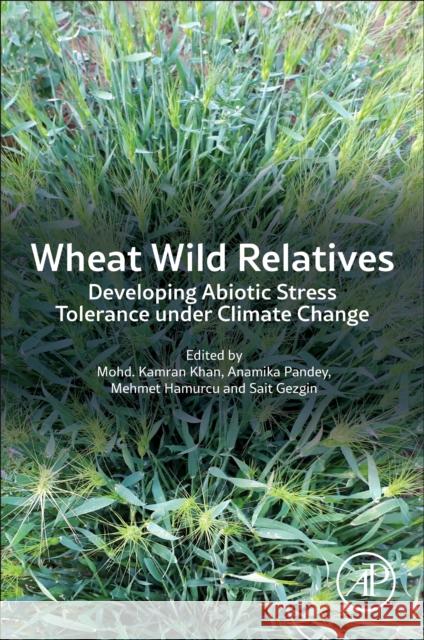Wild Wheat Relatives: Developing Abiotic Stress Tolerance under Climate Change » książka
topmenu
Wild Wheat Relatives: Developing Abiotic Stress Tolerance under Climate Change
ISBN-13: 9780443220906 / Angielski
Wild Wheat Relatives: Developing Abiotic Stress Tolerance under Climate Change
ISBN-13: 9780443220906 / Angielski
cena promocyjna 799,90 zł
(netto: 761,81 VAT: 5%)
842,00 zł
Rabat: -5%
Najniższa cena z 30 dni: 836,15 zł
(netto: 761,81 VAT: 5%)
Rabat: -5%
Najniższa cena z 30 dni: 836,15 zł
Książka dostępna od:
01-03-2025
01-03-2025
Darmowa dostawa!
Kategorie:
Kategorie BISAC:
Wydawca:
Elsevier Science Publishing Co Inc
Język:
Angielski
ISBN-13:
9780443220906











